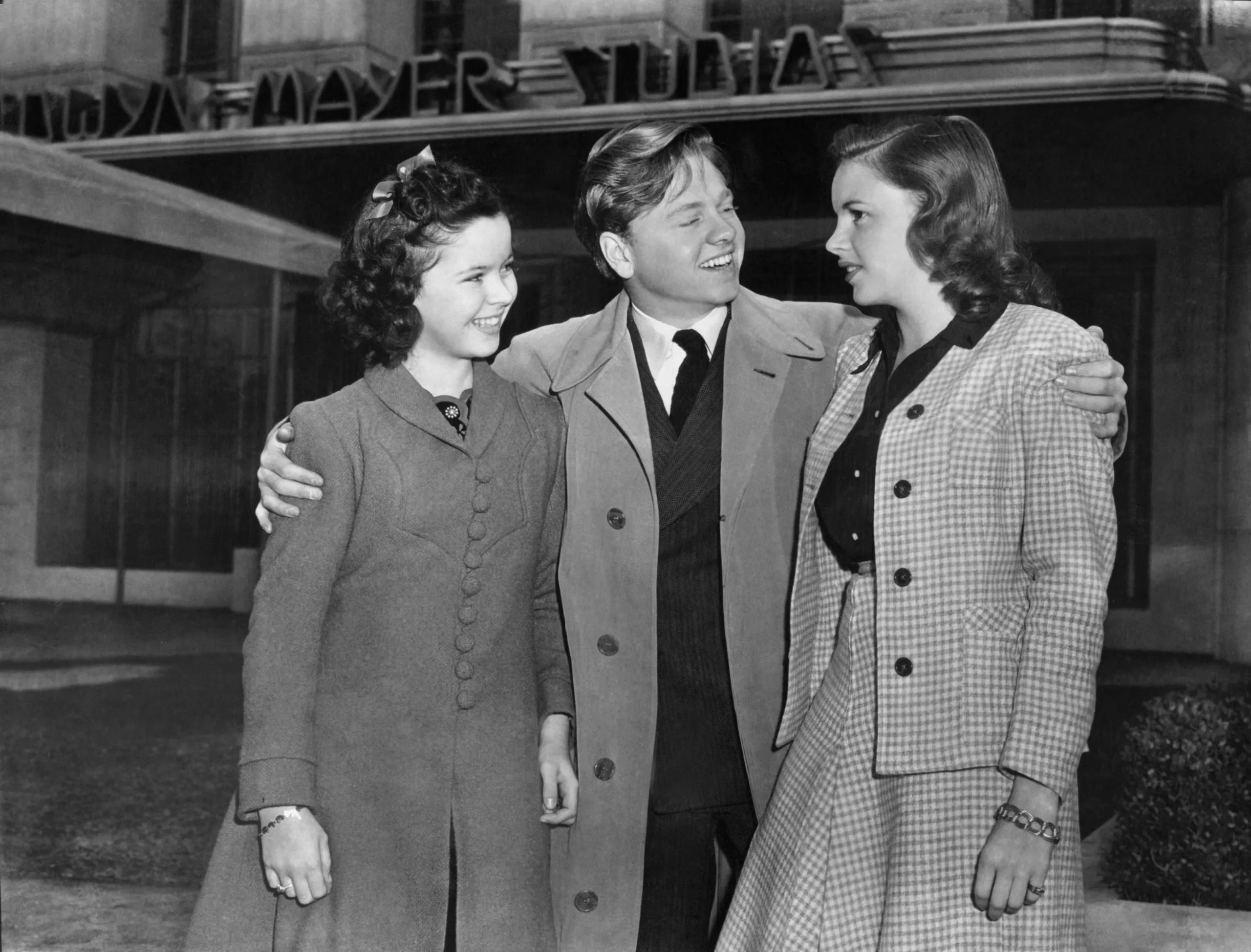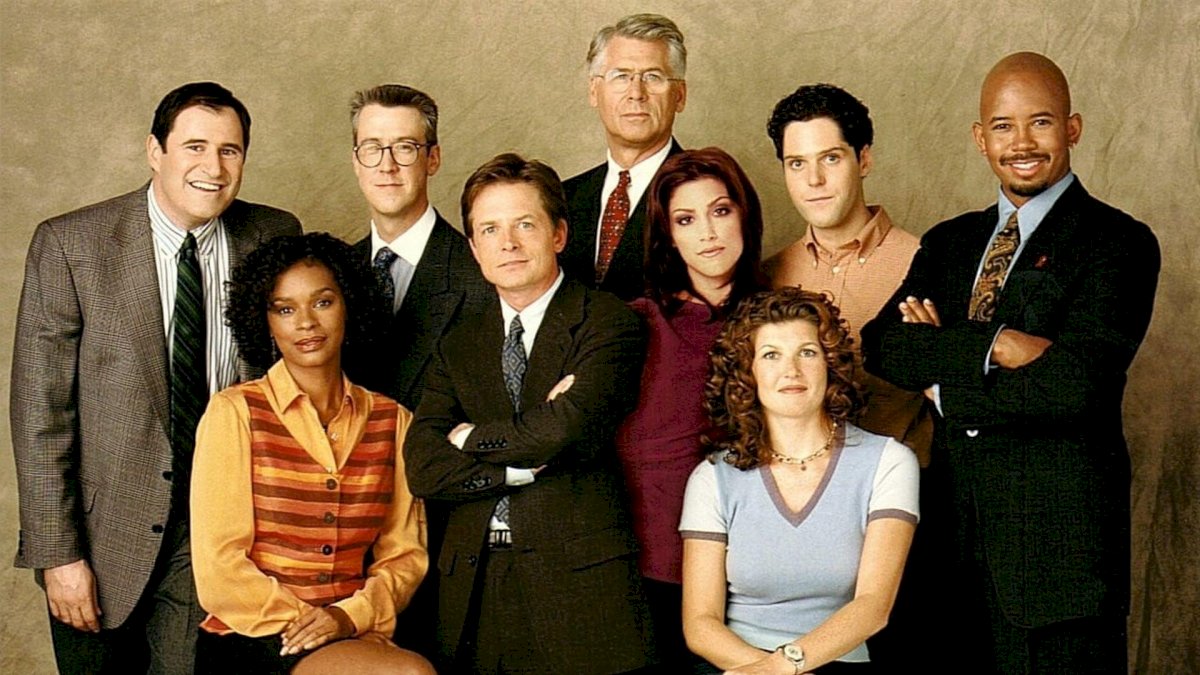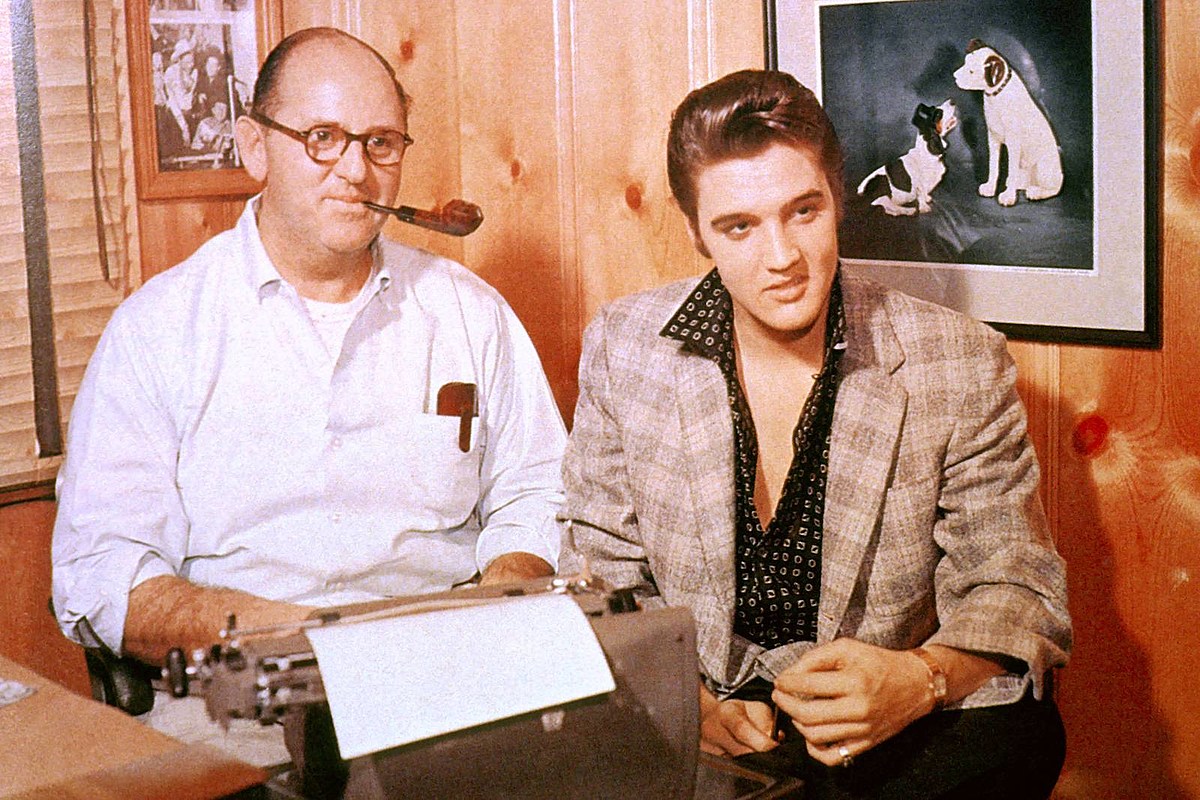In the early 20th century, the art of wedding photography embarked on a journey that would forever alter the way we document and perceive the celebration of love. Stepping back into this era, we discover a collection of mesmerizing photographs that capture the essence of matrimonial bliss, revealing a world where elegance, tradition, and romance converged to create timeless images that continue to inspire generations.

A Pictorial Journey

The wedding photographs from the early 20th century transport us to a bygone era characterized by an emphasis on formality, sophistication, and attention to detail. Black and white images, meticulously composed and developed, tell the stories of couples
whose unions were steeped in the cultural and societal norms of their time.
Classic Elegance

Wedding attire in the early 20th century was a manifestation of refinement and classic elegance. Brides adorned themselves in opulent gowns with intricate lace detailing, long trains, and veils that cascaded gracefully. Grooms, often dressed in tailored three-piece suits or military uniforms, exuded a sense of dignity and formality. These sartorial choices are beautifully preserved in sepia-toned photographs, reflecting an era where weddings were grand affairs symbolizing the union of two families.
Intimate Moments

Despite the formality that defined the times, early 20th-century wedding photographs also capture intimate moments that resonate across the decades. Candid shots of stolen glances, tender embraces, and shared laughter reveal the genuine emotions experienced by couples on their special day. The photographers of this era skillfully balanced the need for posed images with an appreciation for the spontaneous, resulting in a nuanced portrayal of the human connection at the heart of every union.

Grand Celebrations

Weddings in the early 20th century were often grand affairs, with ceremonies held in ornate churches, synagogues, or stately homes. The photographs from these celebrations depict the architectural marvels of the time, providing a backdrop of grandeur to the matrimonial proceedings. Elaborate floral arrangements, intricate decor, and the presence of extended family and friends all contributed to the visual splendor of these joyous occasions.
Technological Marvels

The early 20th century marked a period of technological advancement in photography. While black and white photography prevailed, innovations such as the use of glass plate negatives and early film processes allowed for more flexibility and creativity in capturing wedding moments. Photographers began experimenting with composition and lighting, laying the foundation for the artistic evolution of wedding photography in the years to come.
Challenges and Triumphs

Unlike modern weddings with their digital ease, early 20th-century photographers faced unique challenges. The long exposure times required posed shots, and capturing spontaneous moments was more challenging. Yet, these constraints led to a meticulous approach to composition and a focus on creating images that would withstand the test of time. The very limitations of the medium contributed to the creation of enduring masterpieces.
Legacy in Monochrome

The absence of color in early 20th-century wedding photographs paradoxically enhances their timeless allure. The monochrome palette invites viewers to focus on the purity of emotion, the intricacies of design, and the enduring beauty of the human connection. These images, bathed in shades of gray, emphasize the enduring nature of love, transcending the constraints of time and technology.

Influence on Contemporary Wedding Photography

The early 20th-century wedding photographs serve as a wellspring of inspiration for contemporary wedding photographers. The emphasis on classic elegance, the celebration of intimate moments, and the artful balance between posed and candid shots continue to shape the aesthetic preferences of couples seeking to capture their special day. Photographers today often draw from the rich visual vocabulary of their predecessors, infusing a sense of nostalgia into modern wedding albums.

Conclusion

As we gaze upon the beautiful wedding photographs from the early 20th century, we are reminded that love, in its purest form, is a timeless and universal theme. These images, frozen in time, encapsulate the elegance, tradition, and romance of an era that laid the foundation for the art of wedding photography. They invite us to celebrate not only the beauty of the past but also the enduring nature of love that transcends the boundaries of time and technology. In each carefully composed frame, we find a testament to the human spirit's ability to create moments of lasting beauty, a legacy that continues to inspire and resonate with us today.



